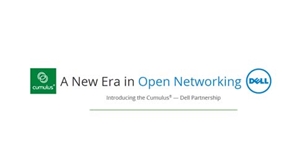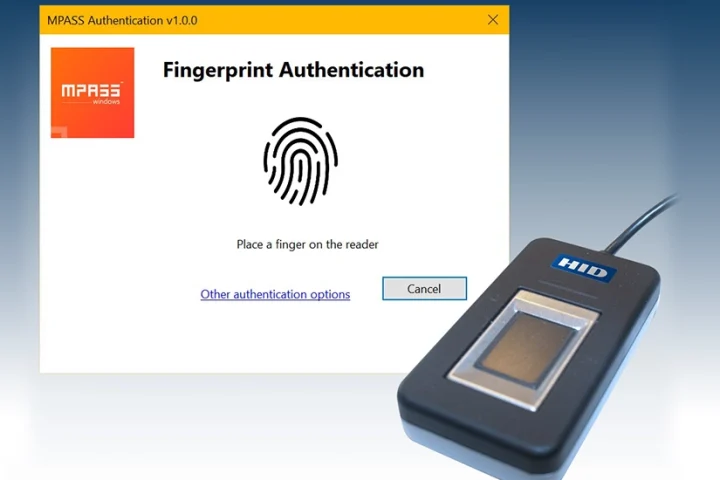Dell signs reseller agreement with Cumulus Networks as the first member of a broader ecosystem to create open networking solutions
Dell demonstrated game-changing support for open networking by becoming the first global end-to-end technology company to provide customers including cloud providers and Web 2.0 companies a choice of third-party operating systems, tailoring networks for their specific application needs. In this effort, Dell announced a re-seller agreement with Cumulus Networks – maker of the first Linux operating system for bare-metal networking devices – to supporta new disaggregated networking model for its fixed-configuration switches.
Dell’s vision of the new data center networking model is an open ecosystem in which customers can choose among various industry-standard networking gear, network applications and network operating systems to meet their business needs.
For the past 20 years, data center networks were a three-tier proprietary hierarchy built for pre-virtualized, client-server implementations using chassis-based switches.
Dell announced a reseller agreement with Cumulus Networks as its first partner in an ecosystem to fill a critical gap in realizing the true promise of the software-defined data center. Dell will begin offering Cumulus® Linux® network OS as an option for its Dell Networking S6000 and S4810 top-of-rack switches.
“This is a great example of innovation coming from the new Dell. Networking is an industry crying out for disruption. We’ve done this before with PCs and servers, putting us in the best position to offer a choice of network operating systems,” said Tom Burns, vice president and general manager, Dell Networking. “Networks are like human minds – they work better when open.”
“Dell is fundamentally changing the nature of the networking business, and this partnership with Cumulus Networks represents a definitive step towards disaggregating hardware and software,” said JR Rivers, co-founder and CEO of Cumulus Networks. “In this new open, multi-vendor ecosystem that’s becoming all the more prevalent, the customer finally gets to choose exactly the components they need to build the software-defined datacenter of the future without having to worry about vendor lock-in.”



















